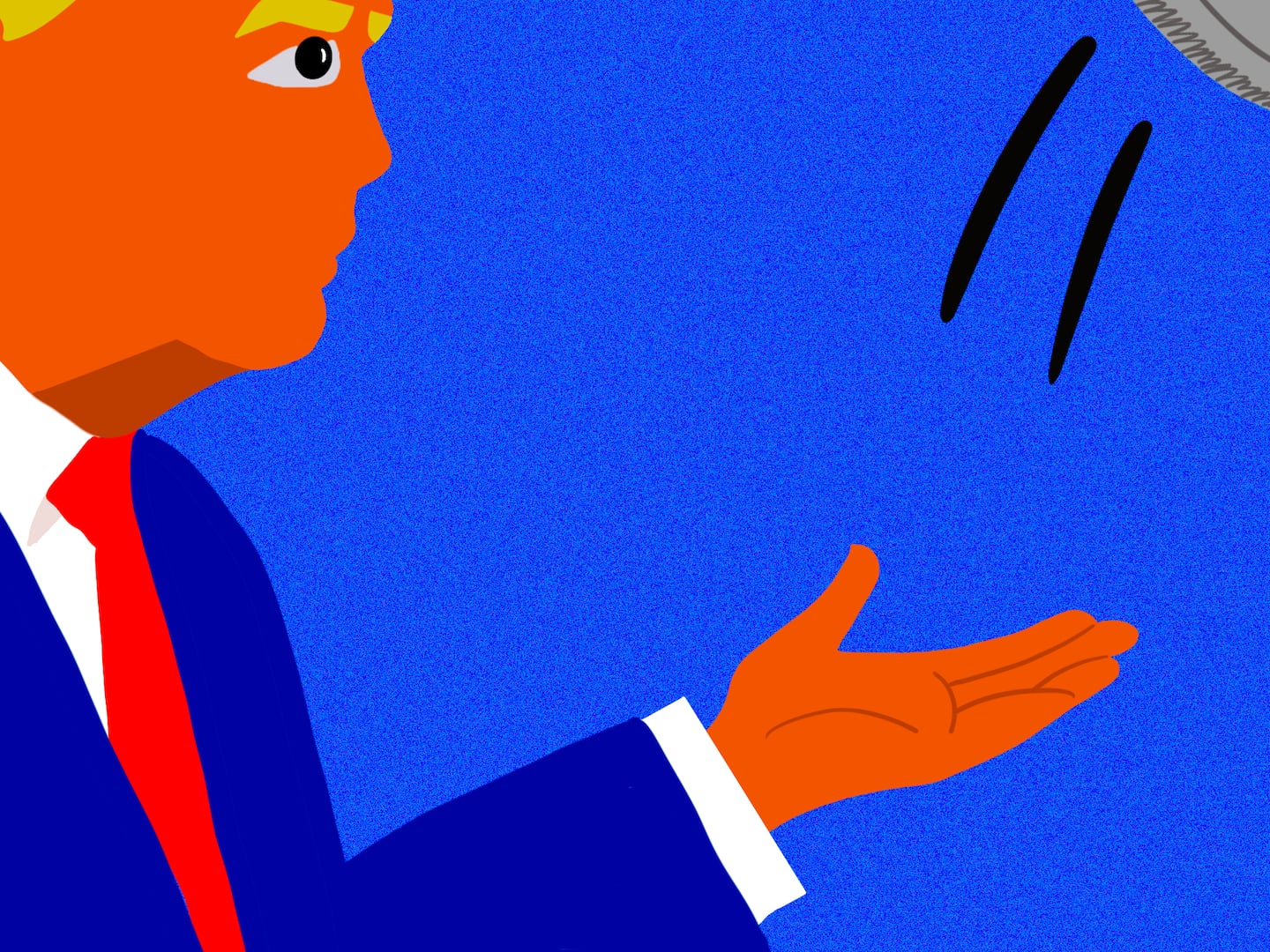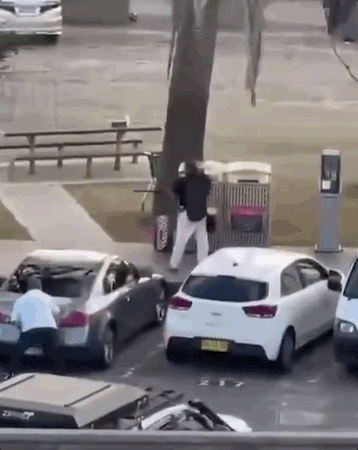“Tripping hard please help.”
Requests like this one, posted on Reddit, are “tripsitters” call to action.
Anonymous volunteers from all walks of life, tripsitters operate a live chatroom on Tripsit.me where the wired, paranoid, and high come to regain their sanity. Most sessions begin with a calming hello, a way for the sitter to assess how bad (or good) the high is that the user is experiencing.
Well-versed in drug combinations and side effects, the tripsitters—often drug users or former drug users themselves—tailor their advice. For those in the throes of an acid trip, they pick out calming music. For those too stoned to know what’s real, they offer doses of reality. No one need reveal their name, nor leave until they feel secure. It’s a safety net for drug experimenting, one that revolves around the concept that people will do drugs no matter what and that they should be able to safely.
Eric launched the website in 2011 as a place where substance users could talk to each other judgment-free about topics like safe use and philosophy. When users started coming in the midst of bad trips or overpowering highs, the more experienced members would give them the same words of wisdom they’d gleaned from similar rocky situations: Deep breaths. Everything is okay. You are not in danger. This is temporary.
The site maintains a list of the top 16 substances that bring people to the site, with the top five being LSD, cannabis, MDMA, amphetamines, and alcohol. Mushrooms, Xanax, and cocaine are close behind. Eric notes that some people do come to the site with positive trips, feeling “euphoric” and wanting other people to “share in their happy experience.” These types of users often want to Skype or video chat.
Others come just to engage with a group of like-minded individuals or to talk in one of the public chatrooms, which cover topics ranging from #bookclub to #gaming.
The most vulnerable visitors to the site, however, are often desperately in need of help and are usually suffering from paranoia. “This can happen when someone is not sure if the substance they took is safe, or if they are worried that they will be ‘caught’ by a friend, parent, or other person,” Eric says. “These people can usually be talked down to a more reasonable state when they are presented facts or distracted with conversation.”
In an interview with podcast ReplyAll, one Tripsit volunteer who goes by the name “Reality” shared some of his experiences. “Last night, for example, a guy comes [to the site]. He’s on a dissociative, which is kind of similar to psychedelics. But not. He’s like, ‘I’m just here because I wanted to confirm that I’m real. Everything is real.’ And I’m like, ‘Yeah, yeah, yeah, yeah, you’re real, you’re still alive, everything is okay.’ And that’s all he needed. He was like, ‘Thanks guys, [this] helped a lot.’”
Tripsit revolves around a concept called harm reduction, a method that Harm Reduction International defines as “policies, programs, and practices that aim to reduce the harm associated with the use of psychoactive drugs in people unable or unwilling to stop.” Unlike typical drug treatment, those in harm reduction are not attempting to get someone to stop taking the drug. Instead, they’re focusing on preventing further danger when someone does.
The concept dates back to the early 1980s when the HIV epidemic was taking off. Without a cure or treatment for the disease, health care workers handed out clean needles to those injecting drugs. Over time, the program grew to include condom delivery, anti-retroviral treatment, and more.
Today, at least three leading agencies, including The World Health Organization (WHO), recommend the practice. More recently, it has been used to combat heroin addiction, with cities like New York passing ordinances to equip police officers with naloxone, a drug that instantly reverses the effects of an opiate overdose.
Tripsit takes the same approach to experimenting with drugs. “Our experienced team understands the good and bad side of drugs and we understand that individuals will use drugs regardless of their current legality. It’s for these reasons that we are here to help by reducing the risks associated with reckless or uninformed consumption of drugs in all environments,” the website reads.
For the Tripsit team, the use of harm reduction is a way to combat the stigmatization of drug use in America—a shame-inducing culture that many feel perpetuates the problem. “[Substance abuse] is vilified to the point that people who use substances have no one to turn to in order to make sure they do so safely,” says Eric. “I’ve known people who were not able to get help due to the stigma against substances, who felt very isolated from their fellow humans due to being unable to share their experiences without fear of judgment or even legal problems.”
An explainer section on Tripsit’s website addresses this rush to judgment and offers ways to steer clear of it. One specific section even flags judgmental phrases that may make things worse. “Try not to express much surprise or confusion at how a tripper is feeling,” the explainer reads. “Avoid phrases like, ‘I’m surprised you’re still feeling this 20 hours on.’”
While harm reduction as a whole is fairly well regarded, it’s easy to see why using it as an antidote to bad trips has been highly criticized. If these people are going to the effort of helping drug users, why not try to stop them? Eric, who notes that the site neither condones nor opposes drug use, says the issue is more complicated.
“We are realistic in our view that regardless of legal status, people can, have, and are going to take mind altering substances, and will do so whether there is harm-reduction advice available or not,” he says. “Either we, as a society, can continue to ignore this issue and allow the negative effects of drug use to run rampant, or we can provide people the information and support to make informed decisions and engage in drug use in the safest way possible.”






